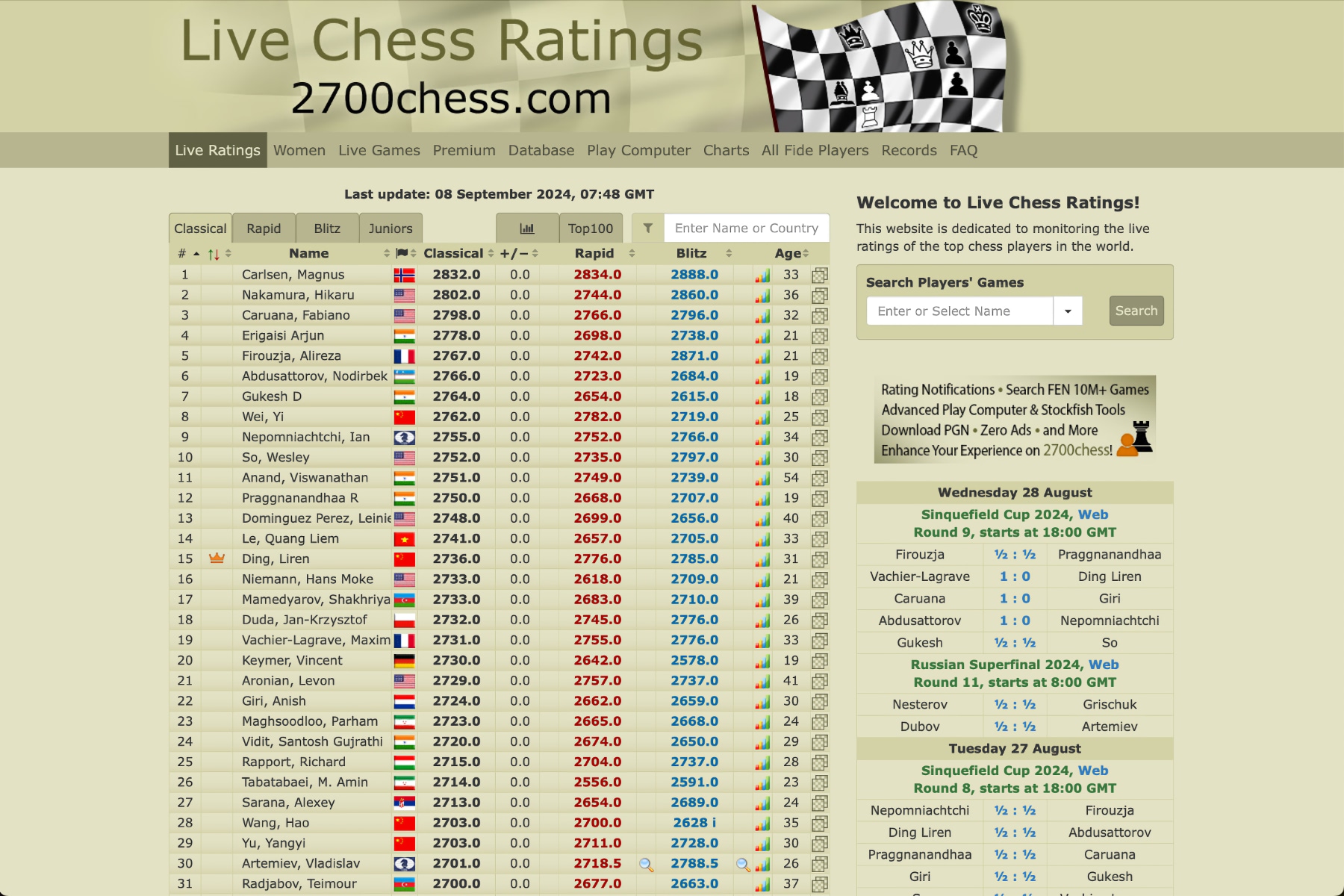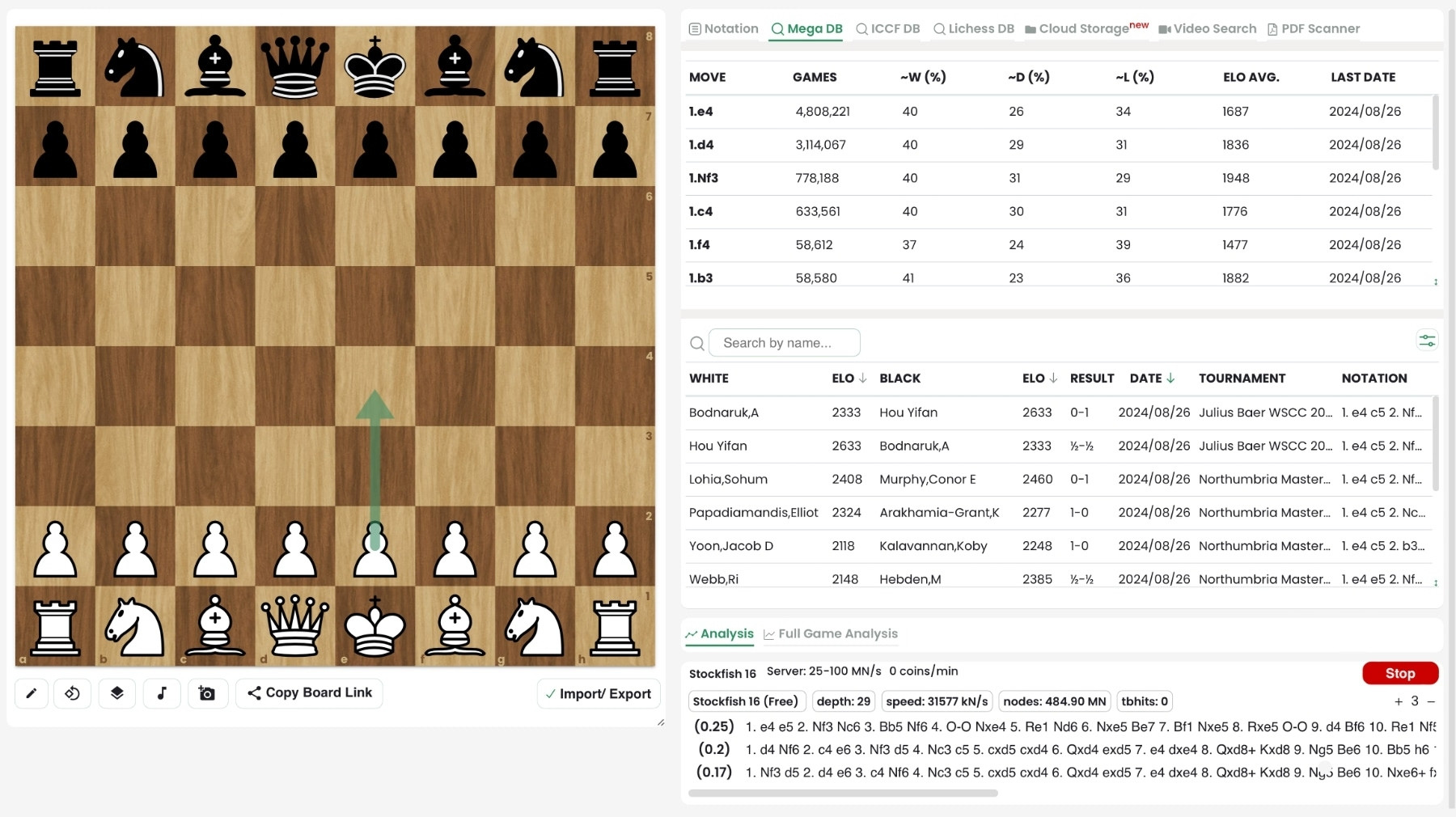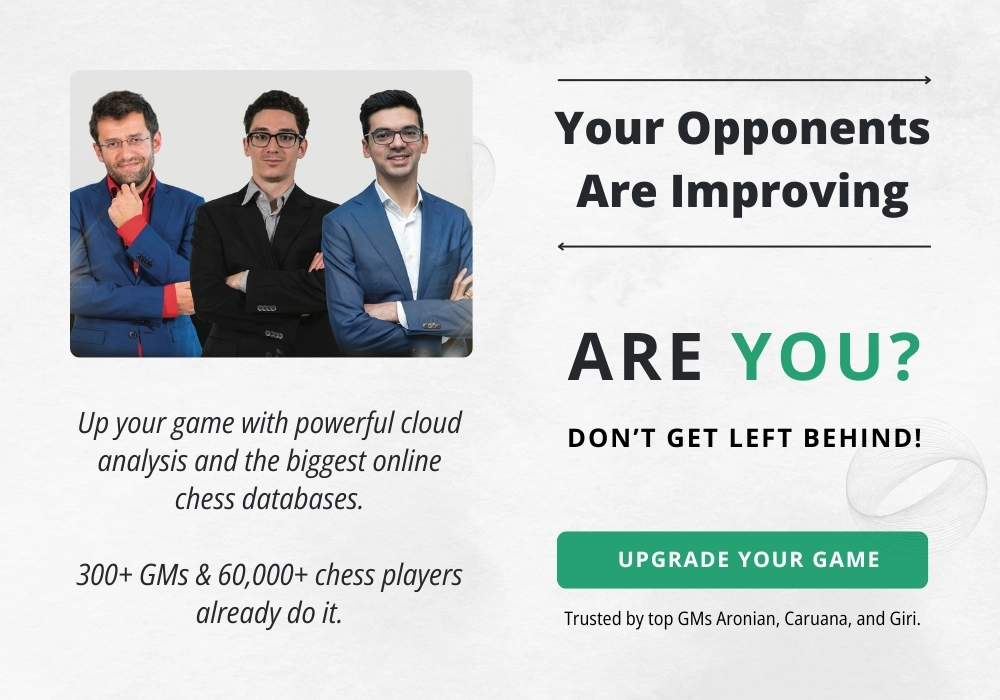
Mac Challenges for Chess Players: Making Your Apple Device Chess-Ready
If you’re a designer, artist, or musician, there’s no better computer for you than a Mac. However, if you’re a chess player who prefers Apple devices, finding compatible chess software can be challenging. For decades, most chess software was developed exclusively for PCs. If you want to use ChessBase, you’ll need to get yourself a second computer or rely on Windows emulators—a real hassle.
We are continuing the series of publications on getting to know Chessify and other aspects of working on a computer. In the first part, we discussed the initial impressions when encountering the system. Now, it’s time to talk about a lifeline for chess players who use Mac.
Why was there Limited Chess Software Available for Mac users?
It’s understandable that in the 1990s and early 2000s, no dualism could exist: PCs dominated nearly 99% of the market, UNIX systems were far removed from the general public, mostly occupying the minds of system programmers, and the legendary MacOS X was still building its unique ecosystem without capturing the global market. But in the 2000s, Steve Jobs managed to reformat users’ consciousness with several technological breakthroughs, offering not just computers but a whole range of devices that were hard to imagine life without: iPod, iPhone, iPad, iWatch, not to mention the increasingly popular iMac and MacBook. Aluminum, glass, and high-quality plastic changed our understanding of gadgets, and rounded corners became the norm. A real revolution also took place in software, which opened up the boundless expanses of the internet, breaking the barriers of hard drive boxes and moving everything to the “cloud.”
Unfortunately, this revolution did not extend to chess software. ChessBase and Chess Assistant, based in Hamburg and Moscow respectively, focused on the more prevalent PC market, which had the majority of users at the time, and therefore did not prioritize developing Mac-compatible versions. The main advantage of PCs was that anyone could choose their own hardware—whatever processors they wanted, as much memory as needed, graphics cards, and so on. Often, these PCs were optimized for performance over aesthetics, and few chess players cared about how their setups looked. A pre-configured Mac wasn’t suitable for such computational tasks, so chess software developers assumed that no one would use it for preparation—and simply did not prioritize adapting their programs. For software to be profitable, or at least break even, it had to be mass-market and sold to tens of thousands of buyers, not just a couple of hundred aesthetes who couldn’t stand working on a PC. No one could afford to maintain a parallel staff of employees working exclusively for Macs.
How Can You Live without ChessBase?
How to live without a familiar database at hand? Somehow, you had to manage.
Initially, when there were no real alternatives, I had to use a second laptop. But you can’t carry an extra 2-3 kilos just to check who played what or gather statistics. The next step was installing a Windows emulator. In the late 2000s, Parallels Desktop, one of the few options available at the time, often had performance issues: it lagged, occasionally deleted programs on the native desktop, and overall, the mix of two systems was not a seamless experience. After all, when switching to the MacOS architecture, the goal was to get away from the less intuitive visuals of Windows and its associated technical problems, including the notorious viruses… So, after a couple of shutdowns caused by the presence of “windows,” I had to give up on that option as well.

There was only one alternative left—finding some decent online tools somewhere. ChessBase wasn’t much help here. At that time, they were focused on promoting their Play Chess gaming zone, and the only thing available was a primitive Fritz opening book. Chess Assistant made an initial attempt to launch an online database, but after the first release, the project was discontinued due to various challenges. TaskBase from the Netherlands also explored online solutions, but their project remained at the prototype stage, possibly due to the complexity of the task.
The selection of online platforms specifically designed for advanced training and database usage was limited. While there were efforts by dedicated chess enthusiasts, the tools available at the time were not fully tailored to the specific needs of professional players. in an attempt to attract attention, many developers focused solely on the number of games in their databases rather than improving usability. “We have two million games in our database,” some would say. “That’s not enough,” others would reply. “We have three, five, ten million…” But the fact that a significant portion of these databases consisted of low-quality entries with gaps and duplicates didn’t seem to concern many… ChessBase once put a lot of effort not only into making their database as large as possible, finding missing games from old and less-known tournaments, but also into cleaning it from irrelevant and erroneous entries. Here, it was easy to get lost in the clutter.
Handcrafted websites also lacked another crucial component for working with databases: any remotely convenient search tools… Player names, year, rating, piece color, opening, and game result—that’s about it! The search results were just a list of games with hyperlinks to them… The idea of conducting a more thorough search through the selected set of games was out of the question. Naturally, there were no statistics either. The best you could get was the percentage of wins, draws, and losses, but it was based on piece color, not the player. You could spend a long time hopping from site to site and combining search options, but despite all the differences and extra features, the result was about the same. That is, close to zero. Of course, expecting professional results from sites run by chess enthusiasts, who didn’t aim to replace ChessBase, was extremely optimistic. But… one could still dream!
A Composite Image of the Internet
No, you could still find something useful. If you weren’t too picky and sorted through the information you got, there was definitely some benefit. In one place, you’d find one thing, in another — something else, gradually piecing together a complete picture. Moreover, each piece of this “puzzle” had its own strengths and little secrets.
For example, www.ChessGames.com, one of the oldest online databases, which appeared on the web back in 2001, was a real treasure trove of information… Hundreds of articles, biographies, calendars, and, of course, games. Even today, more than half of all chess-related search queries on the internet will lead you here. But that’s on the surface. If you try to find something specific using the built-in search tools, you’ll likely get nothing. The site isn’t designed for that, despite what its name suggests.

Six years later, in 2007, www.365chess.com appeared, which “learned from the mistakes” of its predecessor. Here, search options were placed at the top, almost as if declaring that searching was the site’s main purpose. You could search by position, players, tournaments, openings, and even endgames, and you could even download games. You could grit your teeth and use 365chess, if not for one significant issue: you can view others’ data, but you can’t save your own (for example, to the cloud), even with a premium subscription.

In 2011, the “live rating” portal 2700chess.com launched, which eventually took a step in the right direction. Initially, people visited the site to stay updated on the ratings of top players, but later, a database with search and statistical compilations in the spirit of ChessBase was added. Now, you could immediately see the strength comparison between two players, analyze openings, track rating changes over time, and much more useful information.

After some time, platforms like Chess.com and Lichess.org introduced game databases and analysis tools. However, these were not standalone tools focused solely on training and deep analysis; rather, they were integrated features within broader platforms, and finding specific training resources could be challenging. Naturally, with such a utilitarian approach, no one thought about advanced search settings or what to do with the data you retrieved—and a Morphy masterpiece was hardly distinguishable from a bullet game played five minutes ago.
The most surprising thing was that despite the rapid development of online chess platforms in the 2010s, there was still a noticeable gap in specialized tools for deep database usage and professional-level training, which ChessBase did not initially address with their online offerings. They still had PlayChess, although hardly anyone played on it anymore. But their first cloud-based resource wasn’t launched until 2021. And even then, it was strictly within the framework of expanding the capabilities of the desktop ChessBase 16 (of course, on Windows), so that multiple people could work with the same database simultaneously. Suspecting MyGames.Chessbase.com of being an attempt to cater to Mac users or create a universal cross-platform chess service would be wishful thinking. It didn’t even hint at providing continuous cloud collaboration across various devices—it was a good communication tool, nothing more.

When that didn’t work out either, the feeling arose that chess and Mac were indeed incompatible, and that perhaps it wasn’t worthwhile to try to make them work together. There seemed to be many options for getting things to work, but none of them fully satisfied… So what was there to do—give up and switch to a PC?
What does Chessify Have to do with it?
Suddenly, another option appeared, which, if it didn't completely resolve all the questions about working with a chess database on a Mac, was the closest solution... Yes, you guessed it right – it's Chessify.

This largely artificial problem could only be solved by a system that wasn't tied to either hardware (it doesn't care what kind of computer you have or whether you even have a hard drive) or an operating system (it doesn't matter if you have Windows or MacOS), or a server (you can store anything in the cloud, in any quantity, with any speed and power). To start working, all you needed to do was "just add the internet"!
All that remained was to learn – how?



